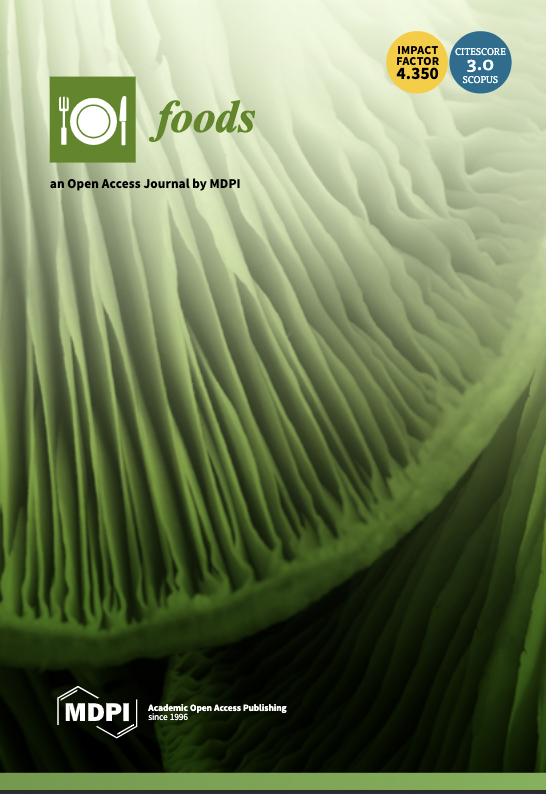Evaluation of continuous UVC treatments and its combination with UHPH on spores of Bacillus subtilis in Whole and Skim Milk
In this work, Bacillus subtilis spores in milk were subjected to several UVC treatments, either alone or in combination with ultra-high pressure homogenization (UHPH). Whole and skim milk were injected with B. subtilis (CECT4002) spores at a starting concentration of roughly 6 log CFU/mL. Using a concentric tube reactor, milk was exposed to various UVC treatments at 254 nm with doses ranging from 10 to 160 J/mL. Different pass counts were employed to modify the final dose administered to the matrix. Increasing the passes (measured as the number of entrances into the tunnel-NET) often enhanced the inactivation of B. subtilis spores. The highest levels of mortality (over 4 Log CFU/mL) were achieved by using doses starting with 100 J/mL with several NET. In the majority of cases, fatality did not surpass 1 log CFU/mL when the same doses were reached in a single pass. Increasing the NET also enhanced the possibility that the spores would stay longer at the predicted 0.02 mm for whole milk and 0.06 mm for skim milk effective distance from the UVC source. Combining UVC with UHPH did not significantly improve the effectiveness of a single UVC treatment; in certain cases, a reduced lethality was even noted. Both whole and skim milk's turbidity and absorption coefficient (254 nm) increased after UHPH treatments.
To read the full study, click HERE.


